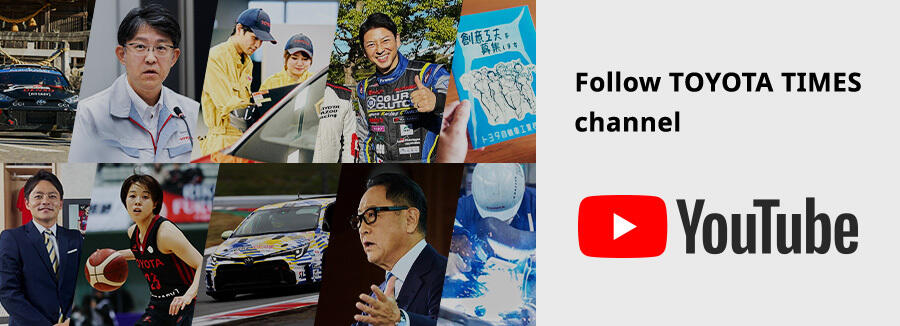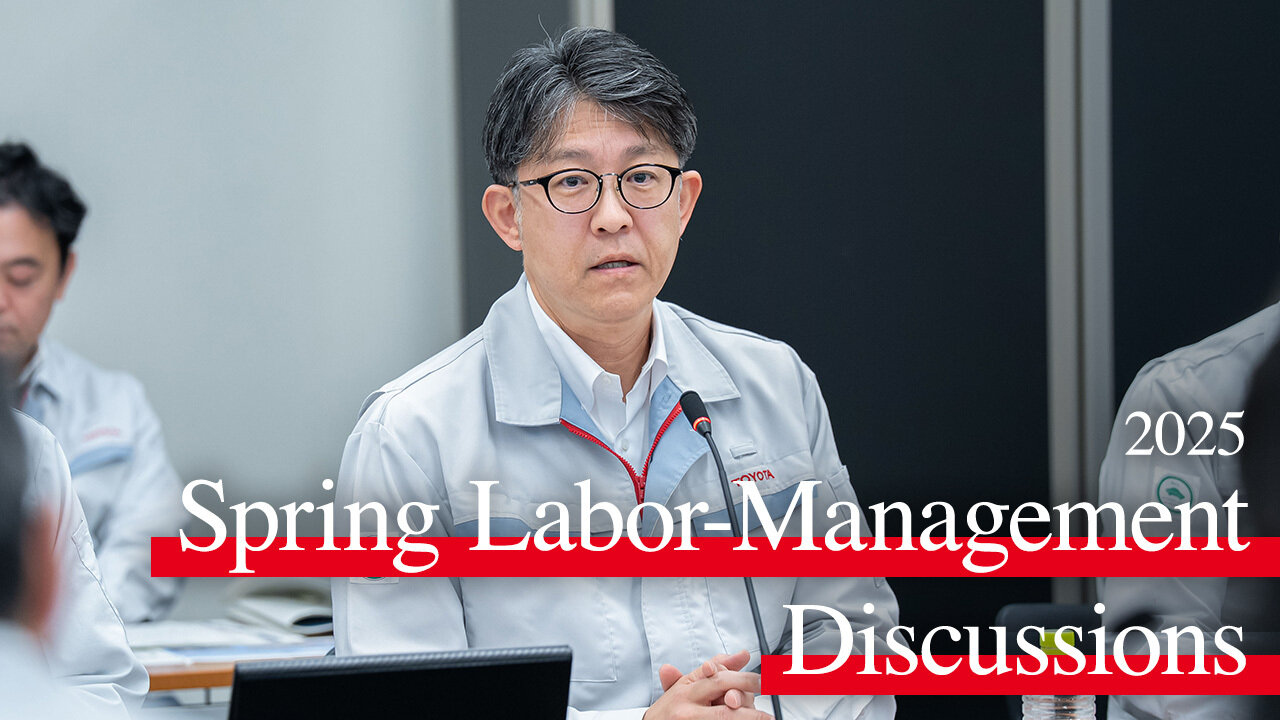
Having built up the earning power to fuel investments for the future, what hidden risks does Toyota face? The company's labor union and management re-examined the challenges that must be addressed as they look to the next five, ten, and fifty years.
Stable business foundations are not a given
The graph below, taken from the presentation of third-quarter results, shows Toyota’s forecast for operating income.
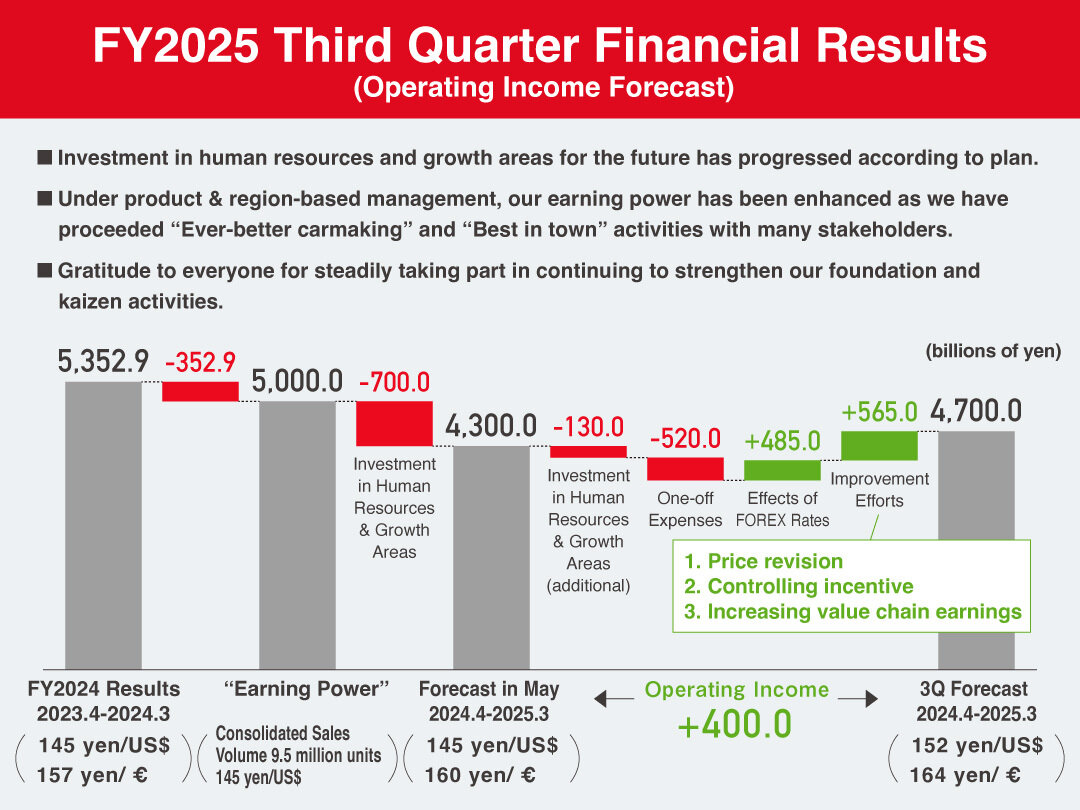
As Toyota Times recently reported, the company expects operating income to grow by 400 billion yen despite allocating an additional 130 billion to investments in human resources and growth areas. A key factor behind this is genba-driven improvement efforts, including by suppliers and dealers.
The company’s revenue structure is also geographically balanced, with operating income coming from North America, Europe, Asia, and other regions.
Although Toyota is fortunate to have reserves for R&D and capital investment, with the new administration in the U.S. and competition from many countries and regions in the Global South, Accounting Group Chief Officer Masahiro Yamamoto is bracing himself for challenging times ahead. “Maintaining this state of affairs will not be easy.”
Differences between China and Japan
The discussion also touched on Chinese carmakers, with their remarkably short development times and rapid expansion into Europe and Asia. “In general, I think the fact is that a great deal of resources and long working hours are enabling companies to shorten development,” says Tatsuro Ueda, Chief Executive Officer for the China region.
Chief Executive Officer Ueda shared what he sees as the characteristics of working conditions in China:
・Generations in their most productive years are taught they must work hard to avoid being left behind in a highly competitive society.
・Intensely individualistic and results-focused.
・Workers are educated to strongly value monozukuri.
Founders and management also possess a shared vision and passion, which inspires younger employees. “People are very clear about what they want to do at their company,” says Ueda.
At Toyota, Chairman Akio Toyoda spreads the philosophy of founder Kiichiro Toyoda, while encouraging employees to “make ever-better cars.”
Chief Executive Officer Ueda says that such examples are “extremely rare” in Japan. Yet even at Toyota, he senses issues among management and younger employees.
Chief Executive Officer Ueda
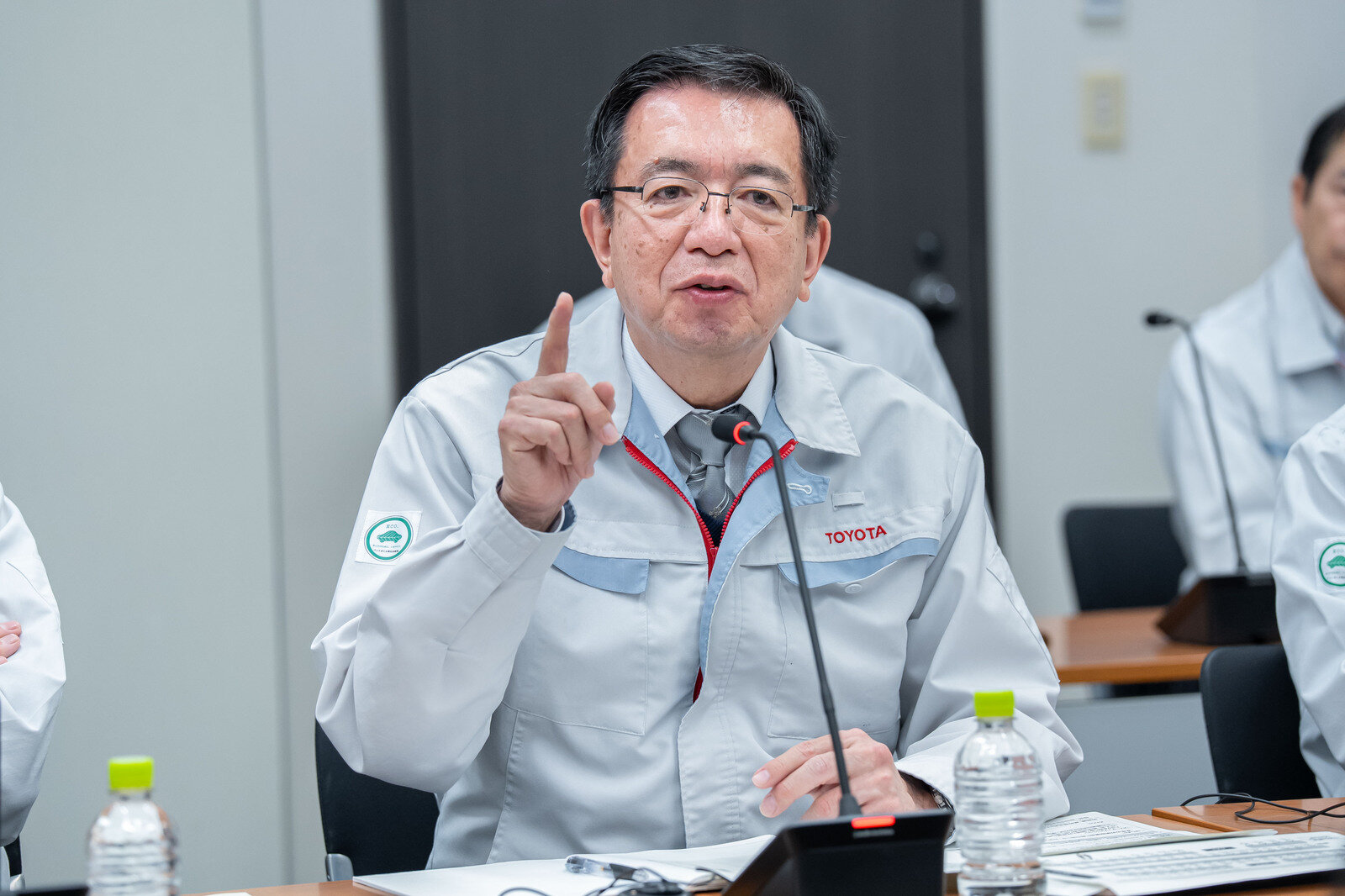
In the way that our chairman carefully conveys the ideas of company founders, we are like a startup, or carmakers in China.
On the other hand, if you look at what we are doing—for example, myself and other members of management—in the era that we were brought up, the job involved something more like an apprenticeship, or highly segmented tasks, or managing work outsourced to other companies.
Are people with such backgrounds able to passionately convey the excitement of carmaking to younger colleagues today, or to appropriately assign roles and authority? While many are able to do this, I also feel there are some who cannot.
Swayed by past successes, they struggle to implement the Chairman and President’s DCAP mentality, which emphasizes taking action first.
In some cases, I think people are unable to break the spell of past experience.
At the same time, I feel that some of our younger members are also being more passive.
Executive Vice President Yoichi Miyazaki identified success rates as the key to maintaining and boosting competitiveness.
Vice President Miyazaki
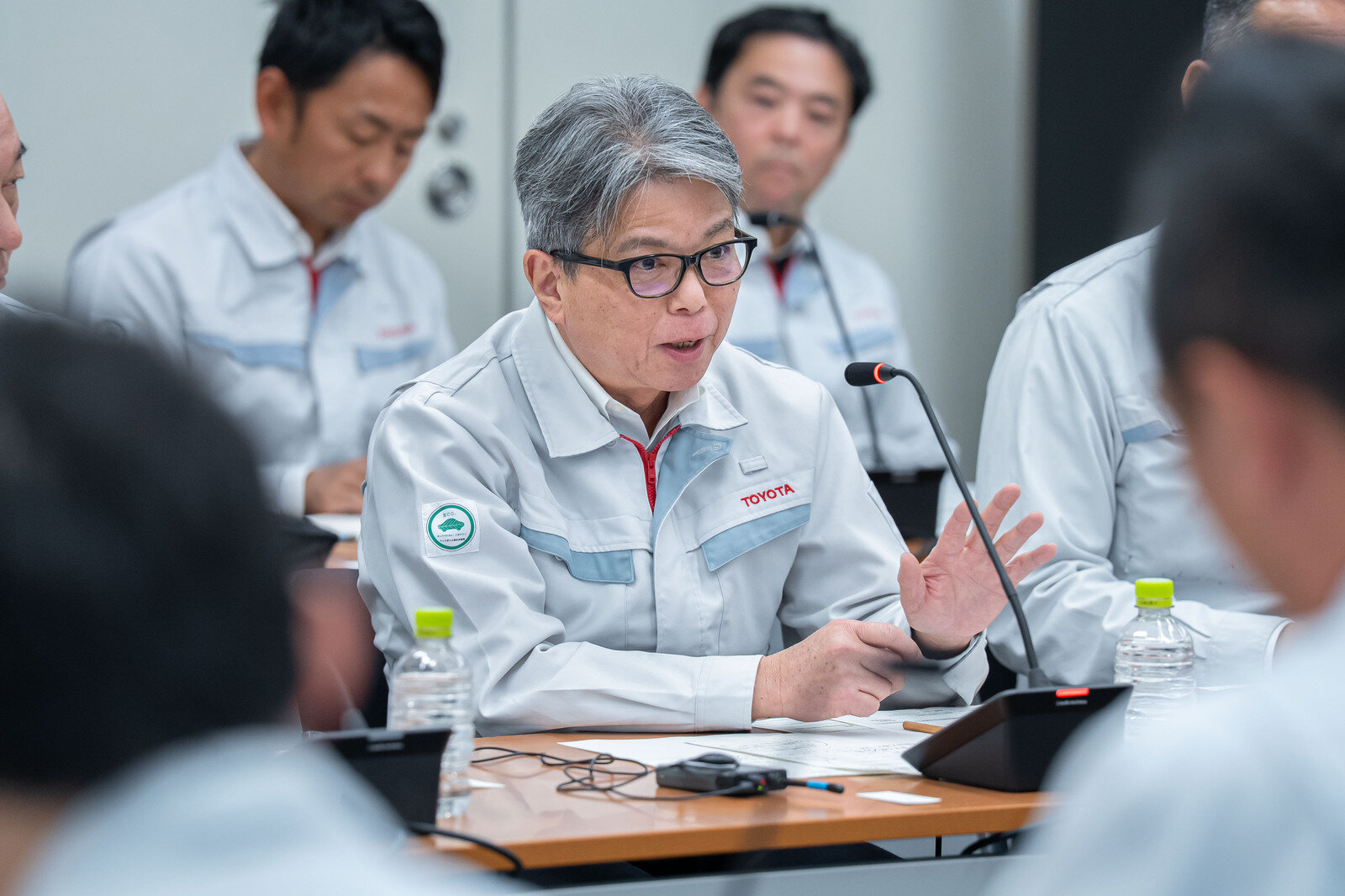
I believe that we are able to generate these kinds of revenues because of our past and present dedication to making attractive, ever-better cars, and building strong bonds with our customers.
However, when competing against others, you clearly cannot win by doing the same thing as everyone else. You must do something different. We are fortunate that, thanks to the successes of various past efforts, we have a bit more breathing room than other companies.
Unless we leverage this situation to keep moving one or two steps forward, we won’t be able to survive the competition. I think we should re-examine our environment on this basis.
Ultimately, the driving force here is people. We must not forget that we need to create an environment where people are motivated and energized and can work with higher rates of success. I believe the key lies in how we bring this out collectively through teamwork

